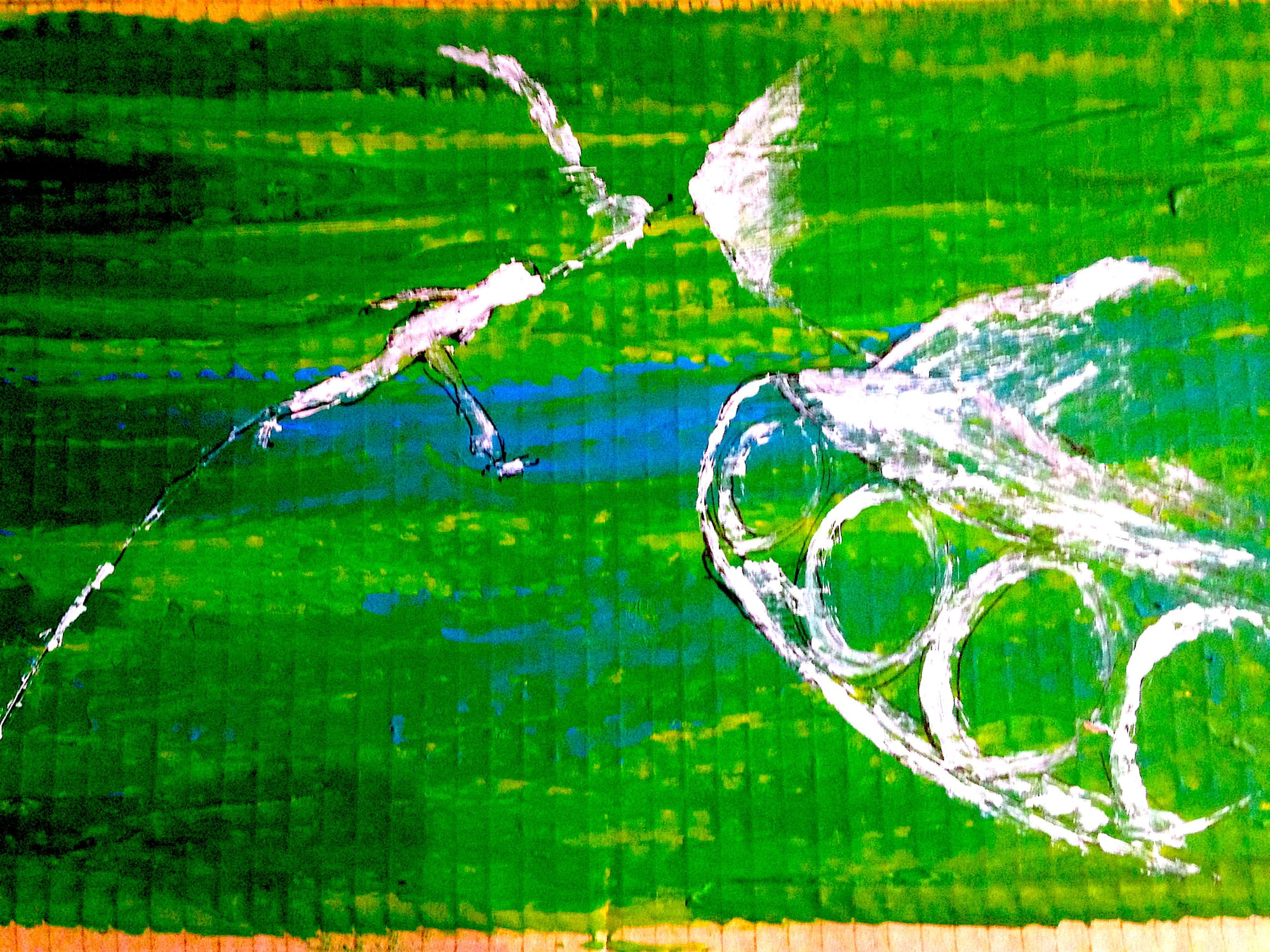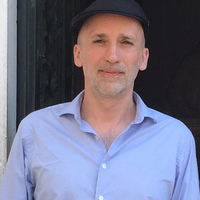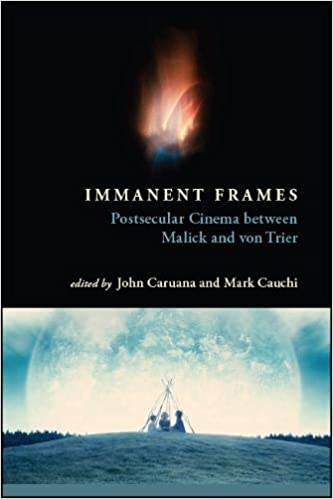Emunah and the Philosophers

By John Caruana

Growing up in a working-class Italian immigrant family meant that for the better part of my childhood there were only two books in our home: the annual Sears catalogue and a copy of the Bible. The catalogue didn’t do much to satisfy my intellectual curiosity, but the Bible did inspire me to think beyond my present circumstances. So, in that respect, it primed me for philosophy, which I joyfully stumbled upon when I took my first elective in university. I haven’t looked back since. But the academic philosophy I soon discovered was not particularly friendly to the reasons of the heart. When spiritual and religious questions did come up, the professor would typically frame these as matters for which philosophy should have the last word. Under such constraints, one can very well imagine how that ruling would go. That wasn’t always the case with my teachers. I was fortunate enough to take several classes with Charles Taylor. Many of the stops on his incisive, sweeping tours of the history of thought included several important religious writers and thinkers, ranging from Paul and Augustine, all the way to Alasdair MacIntyre. It took me some time to figure out why Taylor valued religious philosophy as a worthy conversation partner while many of my other professors were either indifferent (much in the way that Max Weber confessed a feeling of unmusicality with respect to religious experience) or even outright dismissive about anything related to religion. With time I realized that many modern philosophers (the general intelligentsia included) believe they know what faith really is about when in fact they are operating with a very distorted picture of it.
One of the reasons for the ongoing confusion around religious faith has to do with its modern epistemological recasting. Faith is typically understood today in terms of belief, that is, as propositional content that can be either validated or invalidated, depending on what sort of evidence (logical coherence, cosmological evidence, etc.) that one can marshal. That idea misrepresents the phenomenon of faith from the get-go. For the biblical authors, faith concerns our deepest intuitions and attitudes. The actual word that is used in the Jewish scriptures — and which unfortunately is typically rendered as “belief” in most English translations — is emunah. That word means first and foremost “trust.” Faith then is not about a set of doctrines or tenets that you believe in, blindly or reasonably. Because of the influence of modern philosophy, the word “belief” fails to capture the deeper sense of trust. Emunah is the same word that is used to describe the attitude that we take on in relation to our most intimate partners (family, friends, and lovers). The comportment of faith in this respect is essential for our well-being — without which life would be crippled by overwhelming doubt, insecurity, and confusion. If left to reason alone, the endless search for grounds to justify beliefs in matters of spirituality and love would result in existential paralysis. Consequently, faith is a matter of trust for the heart. If it is a concern for the mind, or the epistemologist, then, it is so only after the fact, as an occasion for subsequent reflection.
Another related problem with the modern understanding of faith (as a set of beliefs in certain religious tenets) is that it operates within the rules of engagement of what Blaise Pascal called the discourse of the “God of the philosophers.” This idea of God presupposes a whole set of assumptions that makes the divine and other religious phenomena subservient to metaphysics. Pascal lamented that this understanding of God is a far cry from the “God of Abraham, Isaac, and Jacob.” The biblical God is nothing like the completely desiccated one that early modern philosophers bequeathed us. Even the atheist Freud bemoaned the vapidness of the philosophers’ God, likening it, in a letter to Marie Bonaparte (the great-grandniece of Napoleon), to an insipid “apple juice.” [1] The God that one encounters in the book of Genesis is far more interesting, grander, and uncontrollable compared to the neat and tidy idea of the divinity that you will come across in your typical philosophy of religion textbook. To complicate matters, many religious adherents in the modern world have felt it necessary to play the game of the God of the philosophers. As a result, we’ve seen the steady rise of an apologetics that is obsessed with demonstrating God’s existence. Apologetics, of course, predates the modern world. But for a premodern figure like Anselm, the point of philosophy was to help him articulate his faith, not to justify it. His faith didn’t require justification because it was as real as the love that someone might feel for their child. Looking for reasons to justify such love would have struck someone like Anselm as pointless. Today, instead, we are left with having to witness the often tedious back-and-forth ping-pong between those who have turned their faith into a set of finely crafted syllogisms and an increasingly militant group of atheists who deploy their own set of arguments to disprove their opponents.
The most famous atheist in history, Nietzsche, understood that the real concern about religion has nothing to do with arguments for or against God’s existence. Contrary to a common view of him, Nietzsche was not anti-religion. He regarded religion as an anthropological constant —and for good reason too. Religion speaks to real, genuine needs. It is an organic outgrowth, an expression of life itself. If Nietzsche was an atheist, he was so primarily and almost exclusively in relation to monotheism, and, in particular, Christianity. Unfortunately, his condemnation of Christianity was ultimately too broad in scope — frequently overlooking its rich and remarkable diversity. One of the pitfalls of doing philosophy with a hammer is that you risk lopping off more than you probably should. Nevertheless, Nietzsche was right in discerning, at least with respect to certain forms of Christianity, a strong Platonic-like desire to escape the trials and tribulations imposed by temporality on our lives. (He was wrong, however, in thinking that all of Christianity was like that. For one thing, Nietzsche’s critique completely neglects the centrality of incarnational life for a good deal of Christians, past and present.) Significantly, Nietzsche didn’t spare the modern age of the charge of escapism, which he discerned in some of the sacred cows of secular humanism. We conveniently forget, or more likely, overlook, the fact that in the famous passage concerning the death of God from the Gay Science , the madman addresses himself to an audience that consists mostly of non-believers. Tellingly, it is these non-believers who laugh at him when he declares that God is dead. Why? Because they fail to see in what ways they too are implicated by the madman’s declaration. Nietzsche readily discerned the conceptual idolatry that was at play in the 19th century secular reverence for Objectivity, Progress, and Reason.
If he were alive today, Nietzsche would definitely be no friend to the New Atheists. They are, amongst other things, guilty of blurring the line between science and its ideological perversion, scientism; especially so, when, like Richard Dawkins, they feel perfectly justified in making final pronouncements about matters of ultimate concern. They are within their rights to do so, of course, as private individuals. But a line is crossed when someone like Dawkins makes such pronouncements in the name of science itself. In doing so, this newer generation of atheists have enlisted science as a vehicle to advance certain metaphysical commitments. New Atheism is a good example of the lingering shadows of the idolatrous “God” that the madman anticipated would continue to haunt us.[2] Rather than Dawkins, we would do well, instead, to heed the words of another scientist, namely, Einstein: “Then there are the fanatical atheists whose intolerance is of the same kind as the intolerance of the religious fanatics and comes from the same source.… They are creatures who — in their grudge against the traditional ‘opium for the people’— cannot bear the music of the spheres.” [3]
Taylor does justice to the complexity of these questions — the ones that concern the music of the spheres — when he speaks of what is actually involved when any of us, religious or not, have to confront the deep existential matters of life. At one point when discussing this very issue in his important study, A Secular Age , Taylor invokes the term “hunch,” which he likens to the Kierkegaardian “leap of faith.” [4] As Taylor sees it, for some people, their deepest hunches will incline them towards a religious response, while others will find themselves drawn to a more tragic, accidental view of the meaning (or lack) of it all. In those questioning, threshold moments of existence, our hunches are likely to be all that we have to go on. There is no magical incantation or foundational concept — no faith that is absolutely free of doubt, no knowledge that is impervious to further questioning — that can settle such matters once and for all.
If Taylor offers us an example of an honest theistic response (he is forthright about his Catholic faith), Gilles Deleuze does the same for those who gravitate towards atheism. And he does so interestingly in a discussion about art, specifically, the art of the moving image. In the second of his two volumes devoted to cinema, Deleuze, surprisingly, appeals to a coterie of Christian-inspired filmmakers in an effort to deal with the nihilistic “modern fact … that we no longer believe in this world.” [5] I say “surprisingly” because Deleuze’s positive invocations of Christian belief ( croyance ) and faith ( foi ) in this text seem, at least at first blush, to be at odds with his Nietzschean atheism. To Deleuze’s credit, he recognizes that there is a notable strand of Christian thought and art that relates faith in terms of a deeper commitment to this life. He describes a particular Christian cinema — with special reference to Roberto Rossellini, Carl Dreyer, Robert Bresson, and Eric Rohmer — as a “return of Christian belief…of the highest paradox.” [6] Deleuze appreciates that the cinema of these Christian-inspired filmmakers involves a renunciation of a triumphalist knowledge (whether it is conferred by religious or secular institutions) for the sake of a more fragile, non-imperialistic faith or trusting attitude (and indeed Deleuze himself makes the connection between faith and trust); one that fully avows the open-ended structure of existence. We moderns, Deleuze avers, must similarly relinquish any strong Enlightenment claim that our rational categories can resolve the deepest existential affairs and questions that beset us. In one of his unpublished cinema lectures from 1983, Deleuze forcefully insists that “no one is sheltered from faith.” [7] No one, I take Deleuze to be saying, is freed from the constraint of having to adopt a stance in relation to existence — a responsibility that must be undertaken without the imagined safeguards of reason and one that must be constantly repeated as a result of the ineluctable vicissitudes of temporal life. The dividing line for philosophers like Taylor and Deleuze is not between religious faith and nonbelief, as dogmatic religionists and their atheist counterparts would have it. For these two philosophers, both Christendom (that form of Christianity that is enamoured with power and overly confident in the certainty of its position) and the dominant expression of Enlightenment secularism hide behind a veneer of incontrovertibility. No one — least of all, the philosopher — should believe that they have the foundational warrant to take refuge behind that cover. The real dividing line, then, if I can put it that way, is between those who recognize that they are always seeing through a glass, darkly, and those who pretend that they see with perfect clarity.
Footnotes
[1] Quoted inJulia Kristeva, This Incredible Need to Believe, trans. Beverley Bie Brahic (New York: Columbia University Press, 2009), 5.
[2] Friedrich Nietzsche, <em>The Gay Science</em>, trans. Josefine Nauckhoff (Cambridge: Cambridge UP, 2001), §108.
[3] Quoted in Max Jammer, Einstein and Religion: Physics and Theology(Princeton: Princeton UP, 1999), 97.
[4] Charles Taylor, A Secular Age (Cambridge, MA: Harvard UP, 2007), 550-551.
[5] Gilles Deleuze, Cinema II: The Time-Image, trans. Hugh Tomlinson and Robert Galeta (Minneapolis: University of Minnesota Press, 1989), 171.
[6] [1]Ibid., 172.
[7] Gilles Deleuze,http://www2.univ-paris8.fr/deleuze/article.php3?id_article=252

About the Author
John Caruana is Associate Professor of Philosophy at Ryerson University. His research is in theareas of phenomenology, continental philosophy of religion, and film-philosophy. In addition topublications on Adorno, Kierkegaard, Kristeva, and Levinas, he has published, amongst others, on the cinema of Bruno Dumont, Terrene Malick, and the Dardenne brothers.

He is co-editor with Mark Cauchi of Immanent Frames: Postsecular Cinema between Malick and von Trier (SUNY Press, 2018). He is currently working on a manuscript on Michel Henry’s and Charles Taylor’s respective genealogies of the modern age.